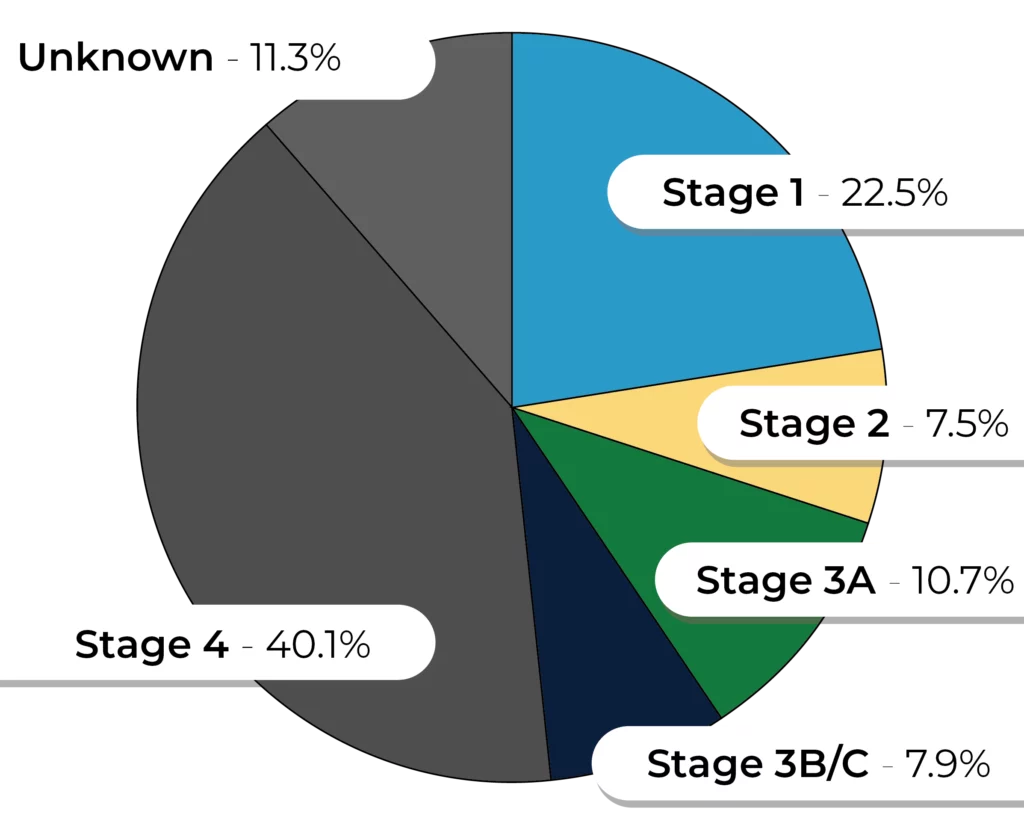The symptoms of ALK are very similar to symptoms of other lung cancers. Often lung cancer has no symptoms at all in its early stages.
Most of the symptoms of lung cancer are non-specific; that is, they are symptoms that can be caused by a number of different conditions. Some of the symptoms that can be experienced are:


